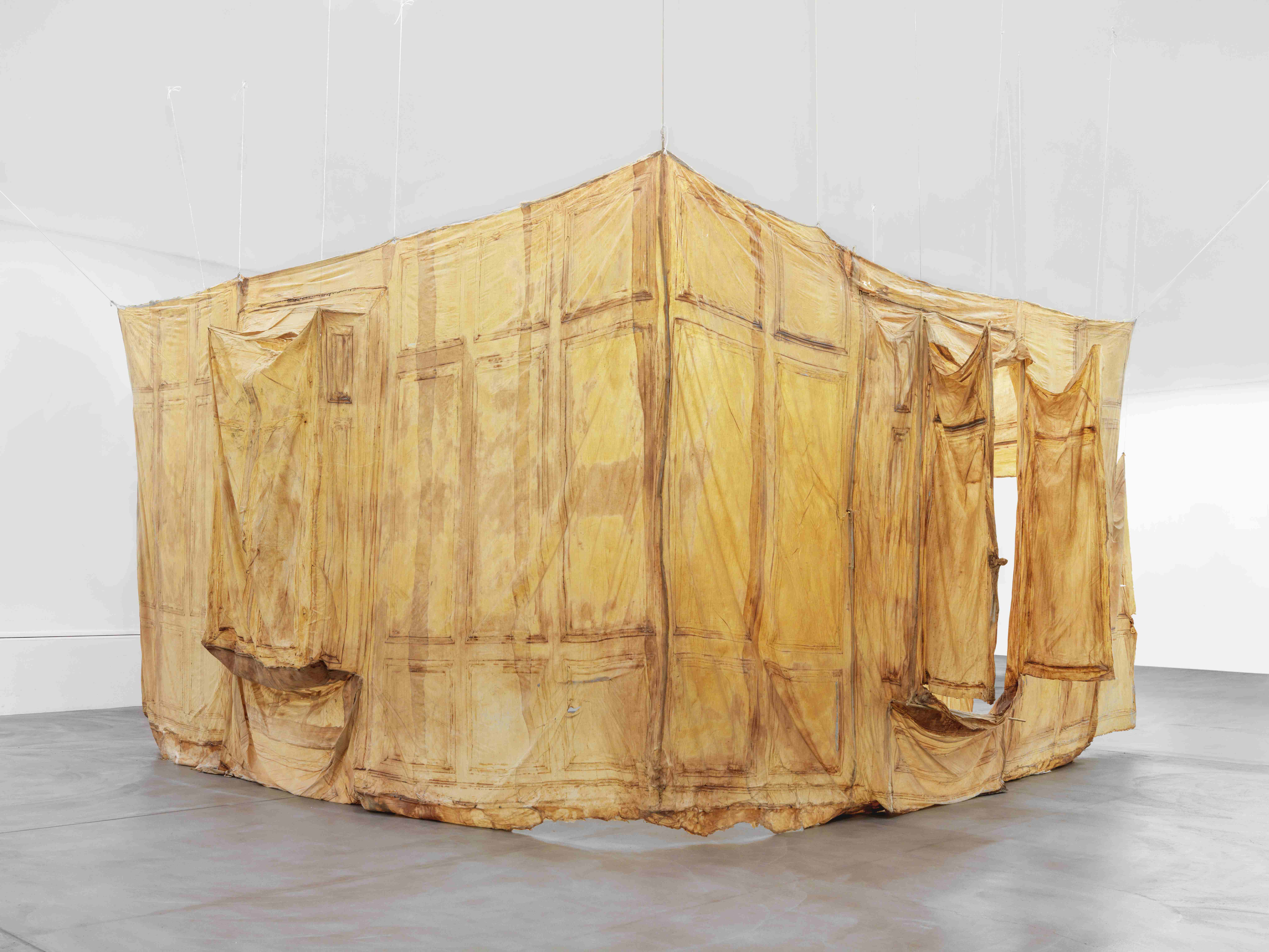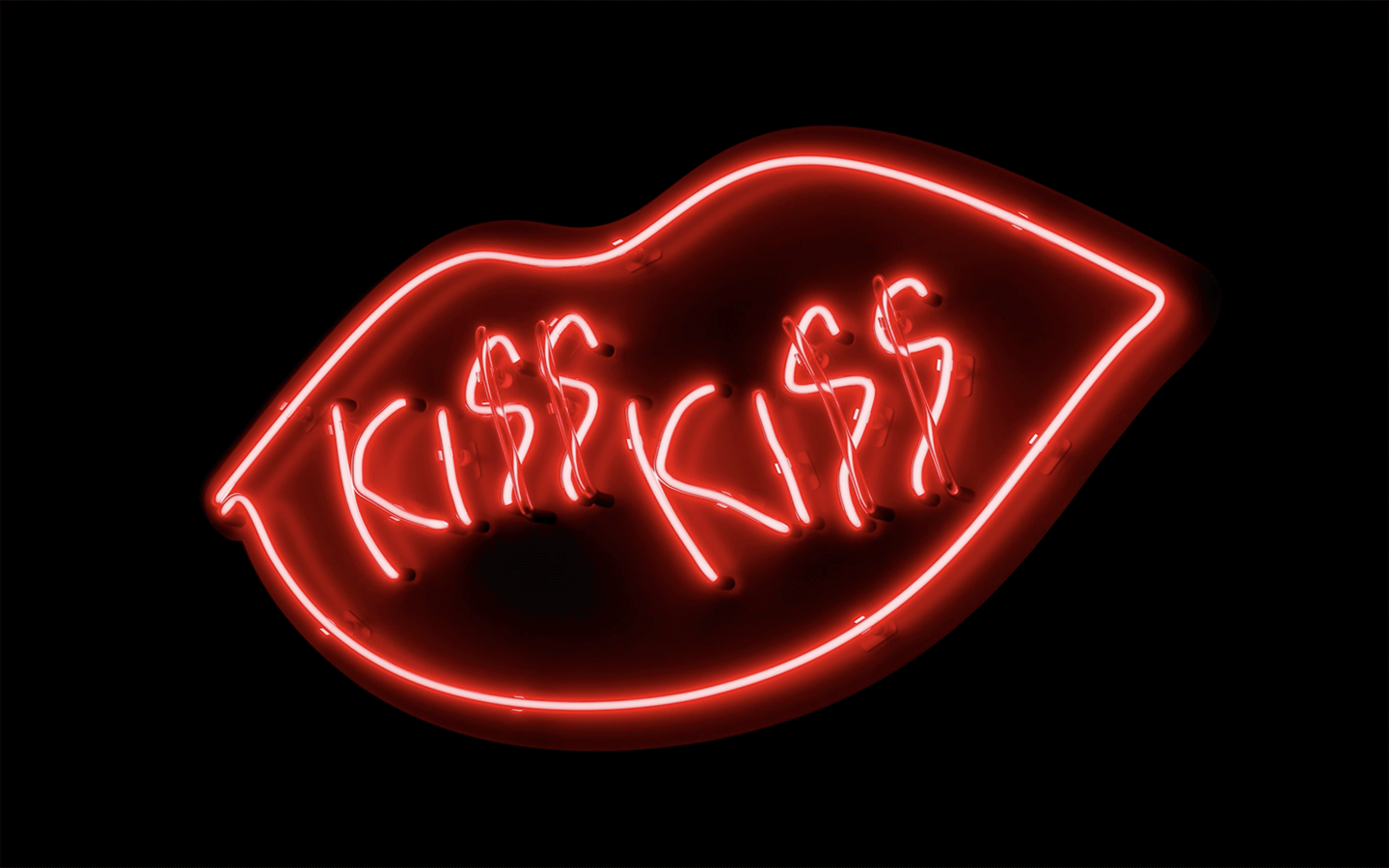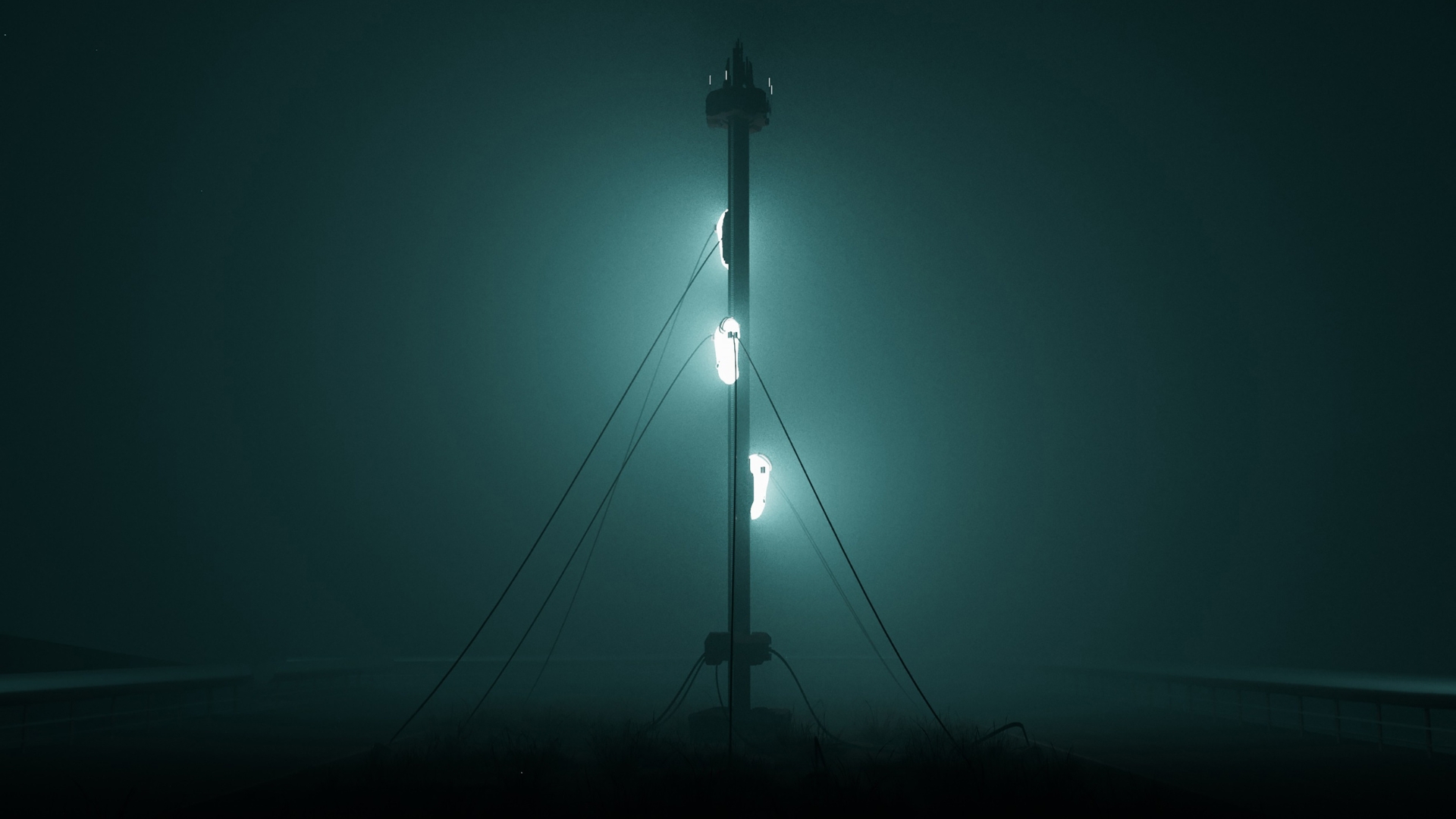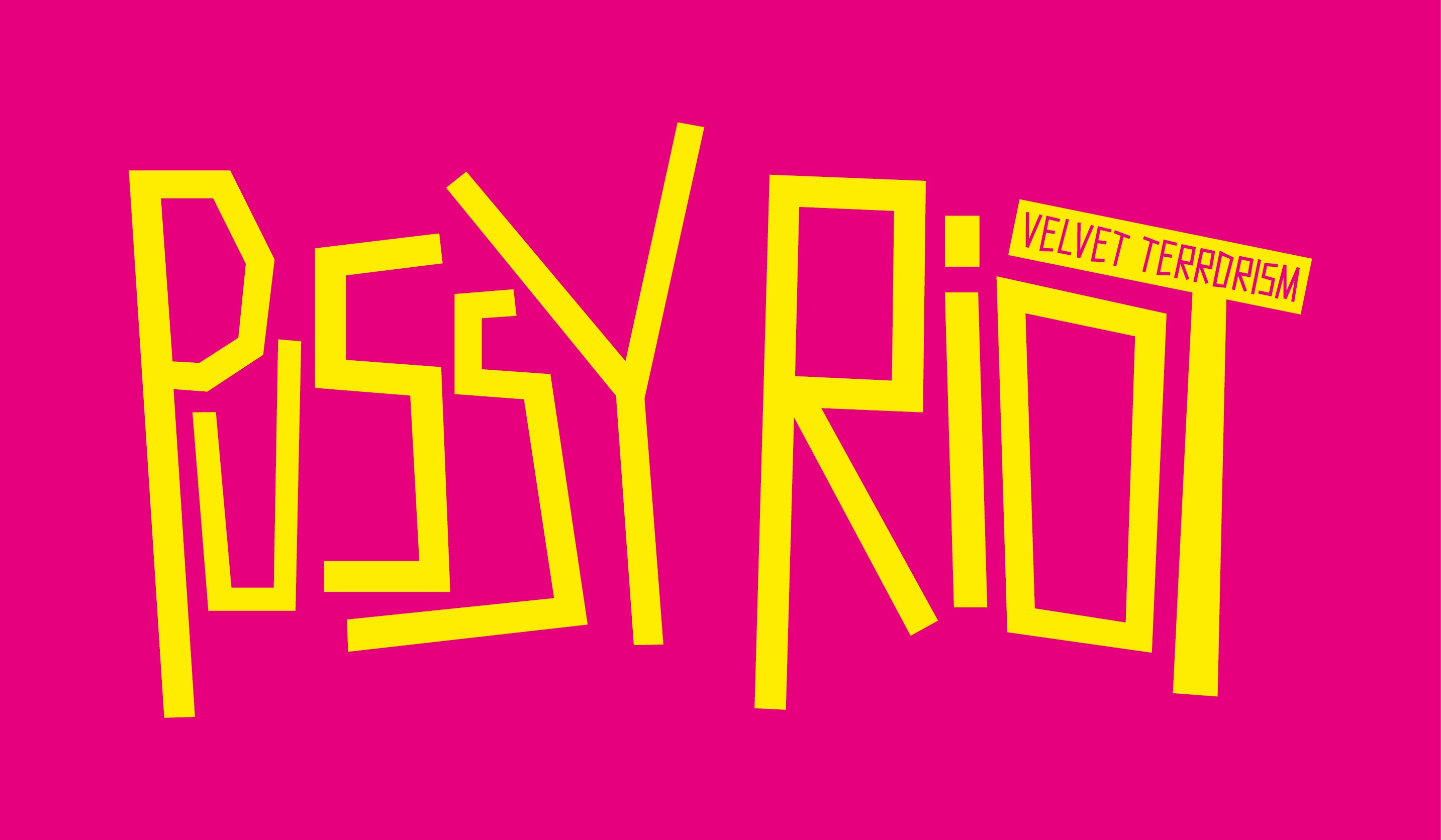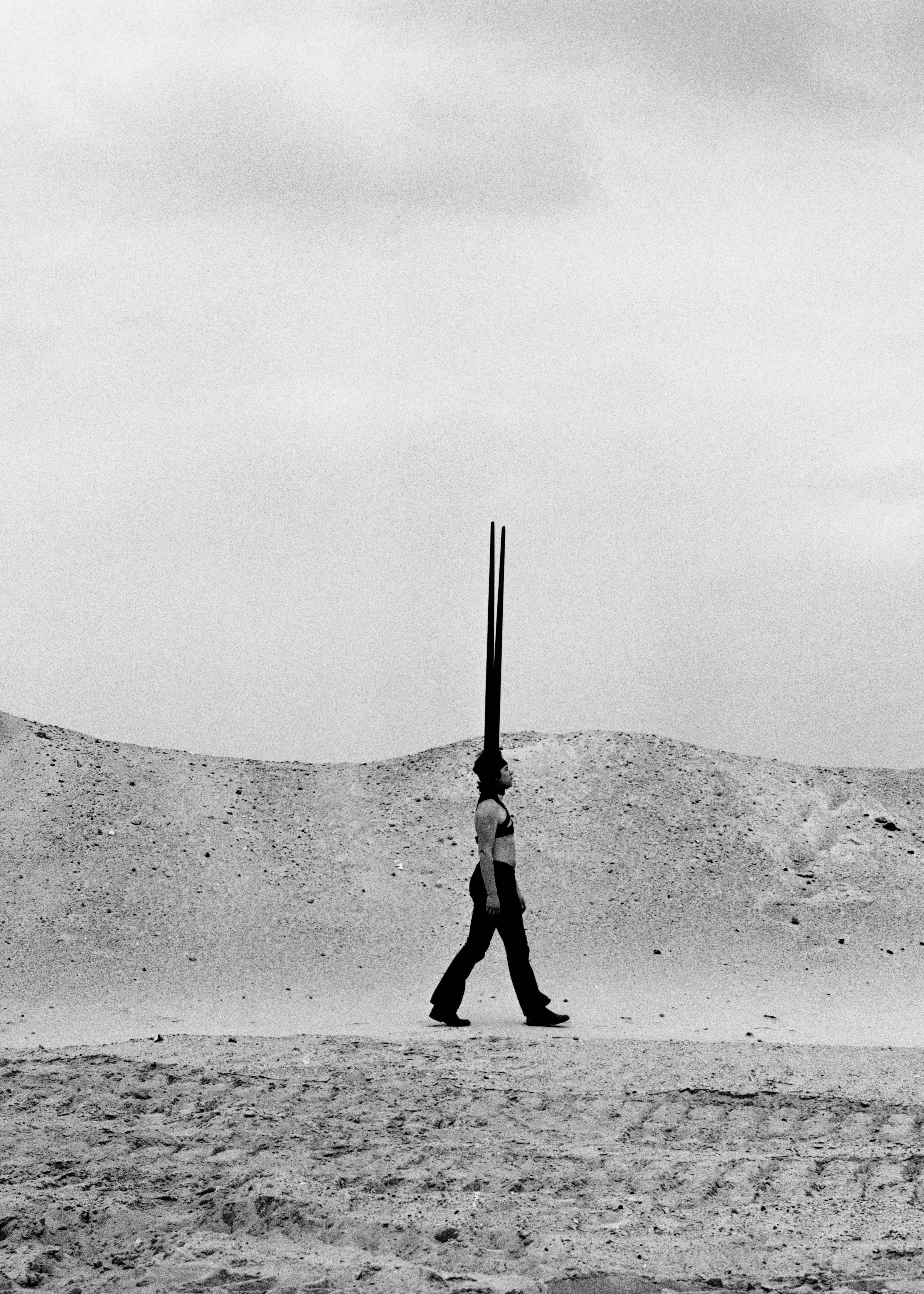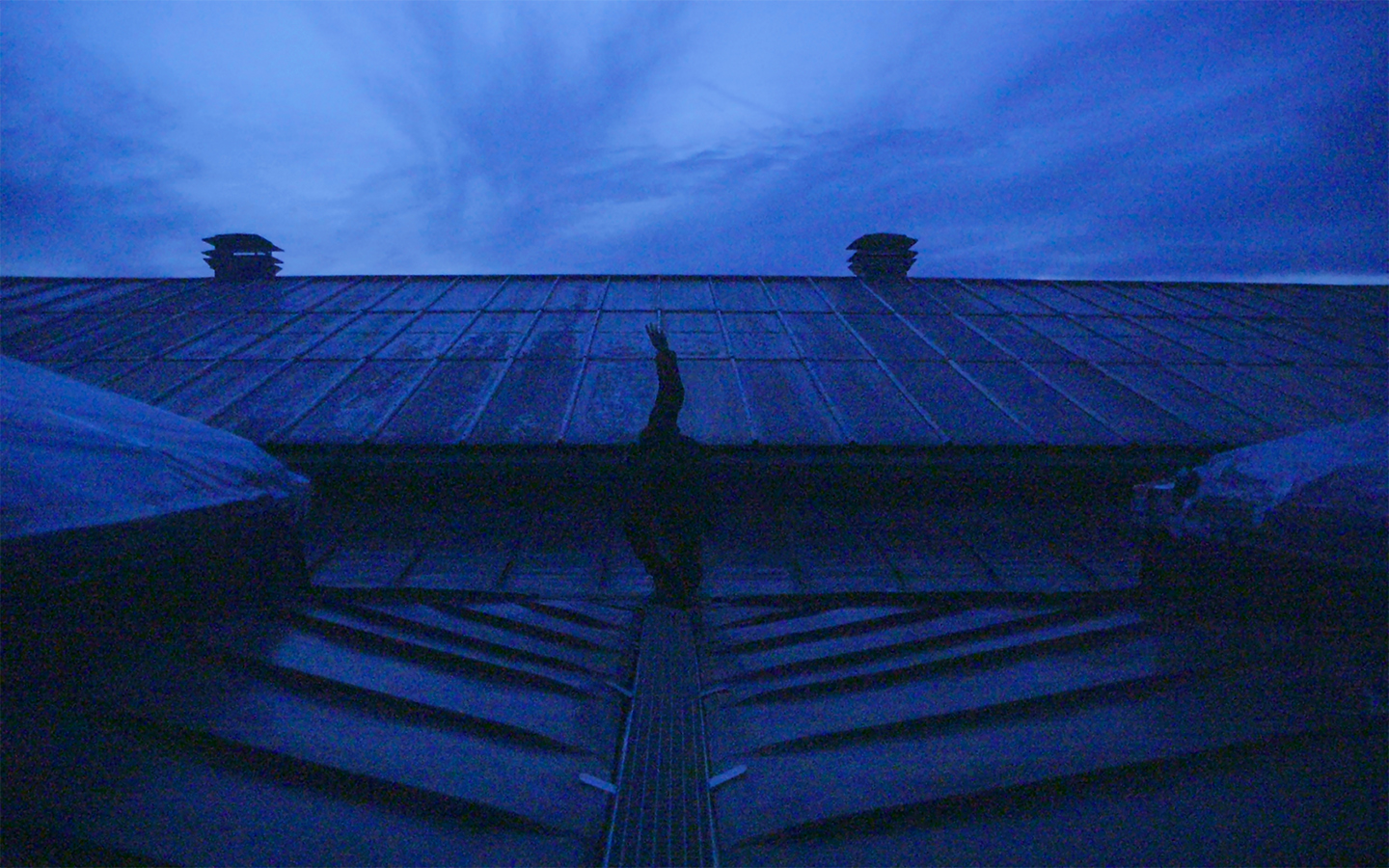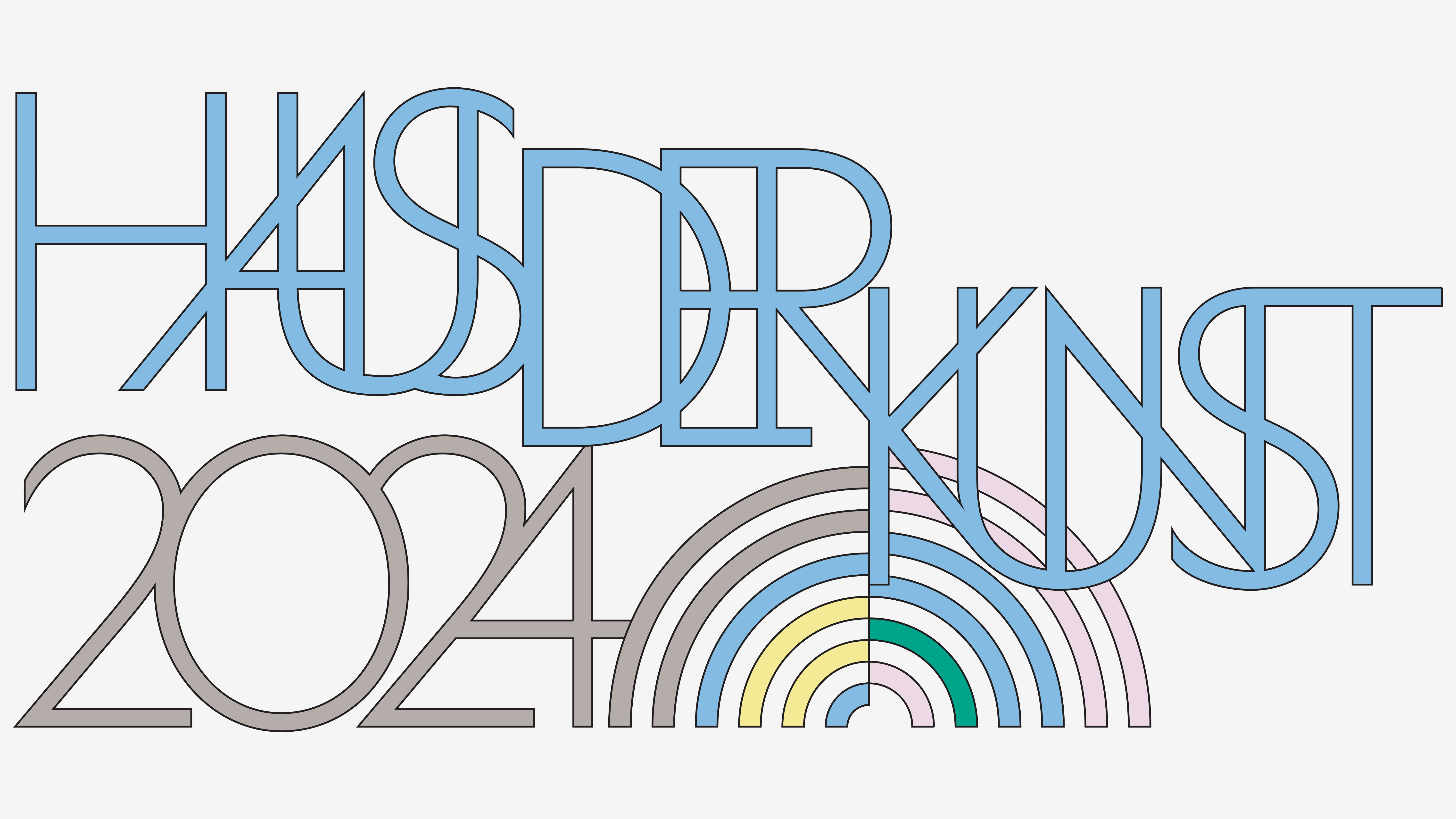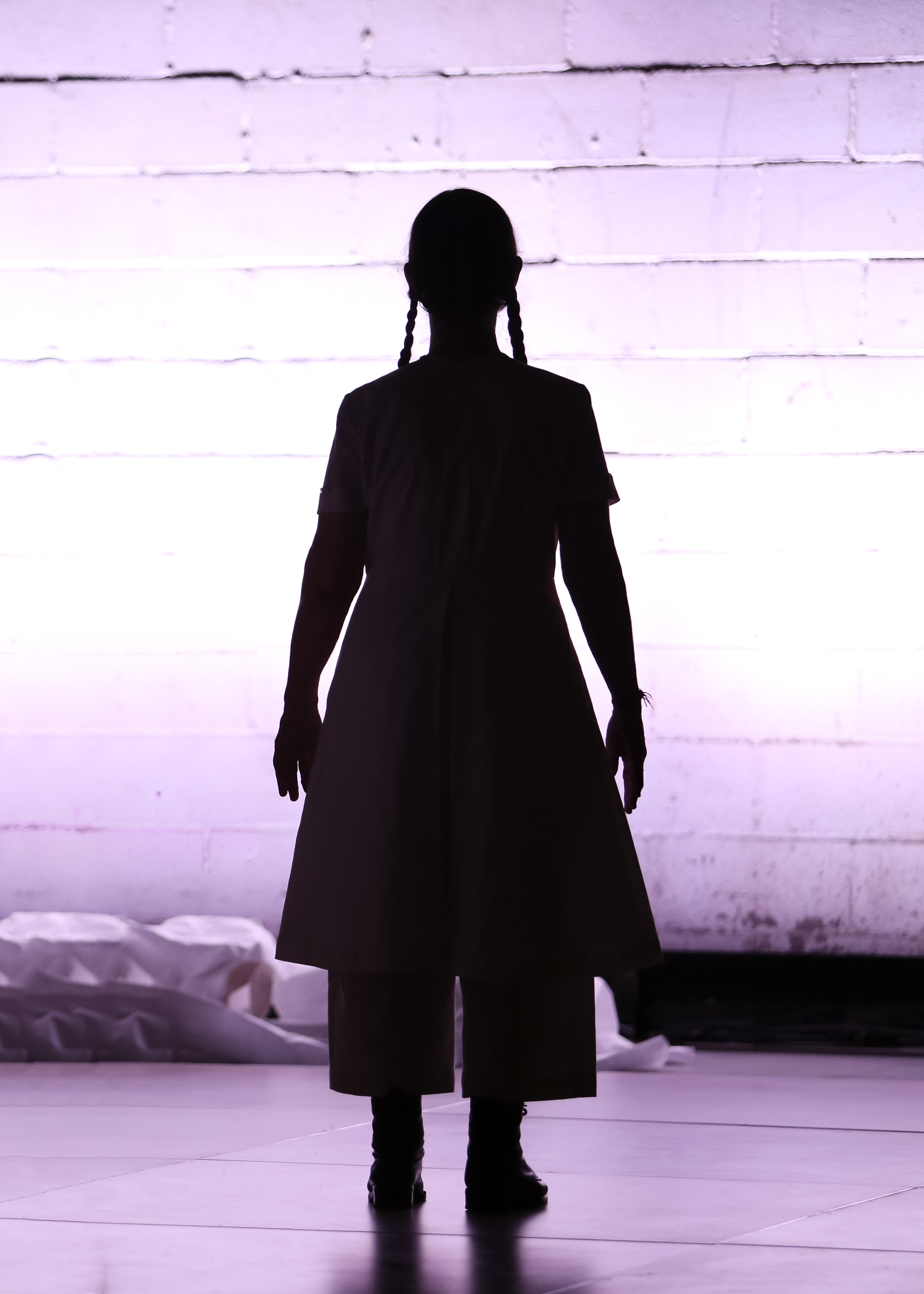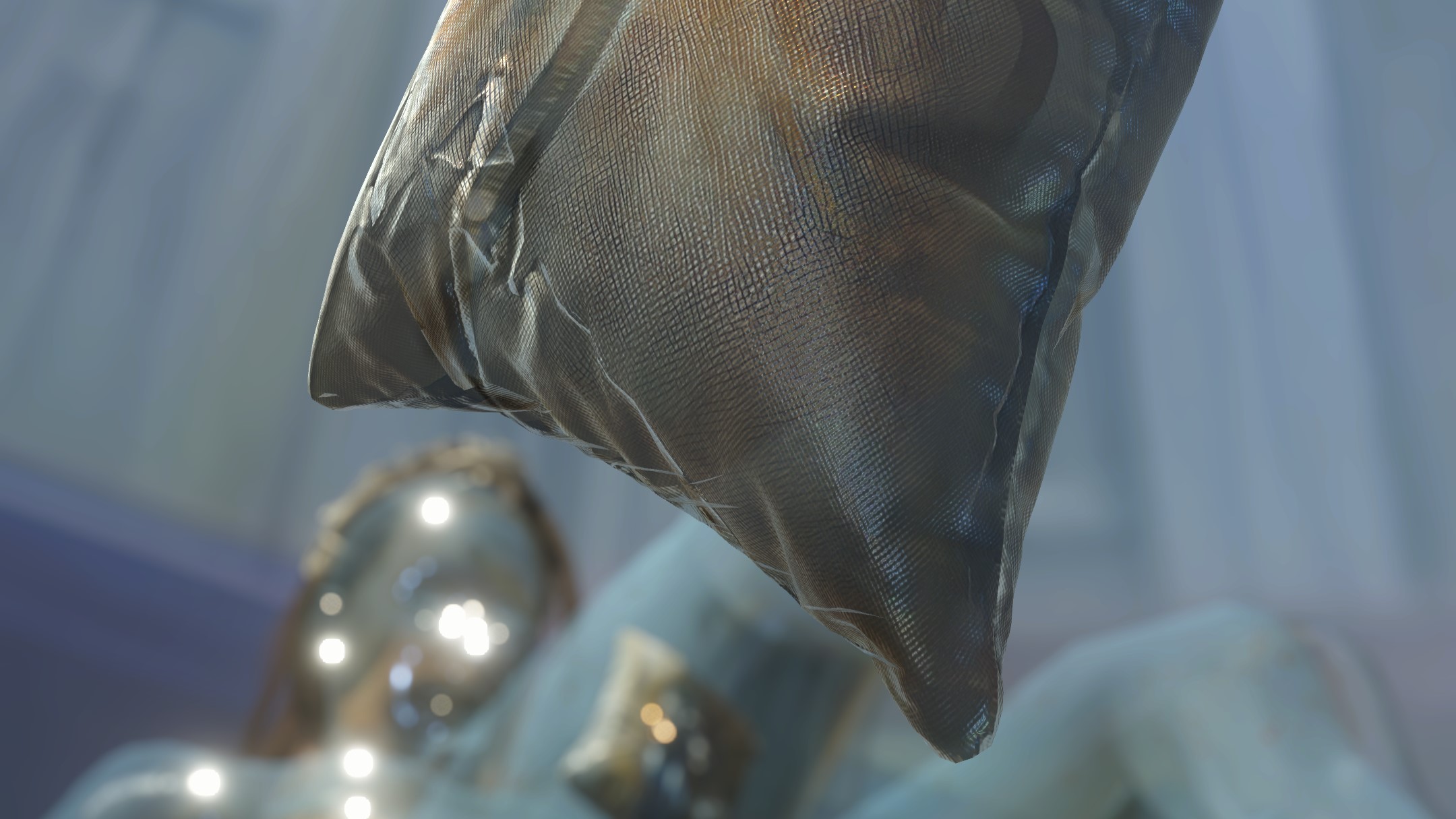Metamorphoses
September 17, 2021–February 13, 2022
A Shell like a Wrap
S h e like H e
Unwrapping like skinning
De-veloping like un-veiling
One shell after the other
Shells are skins
Shedding one skin after the other
De-veloping and en-veloping and unwrapping and skinning
The repressed neglected wasted withered forgotten
dilapidated missed disguised hated contorted buried
immersed displaced bewitched deformed misaligned flattened
blown away desolate frozen closed glued hidden
torn apart obstructed dried out transgressed anchored inverted
knotted concealed damned devastated pensive diluted
darkened widened
and
—Heidi Bucher, 1983
With the retrospective Metamorphoses of Heidi Bucher (b. 1926 Winterthur, d. 1993 Brunnen, Switzerland), Haus der Kunst presents an important and widely overlooked artist of the international neo-avant-gardes, whose latex works explore the constraints and liberation processes of human forms of existence. In both her sculptural and performative work, Bucher directs attention to the body in space, in which experiences, relationships, and emotions are inscribed. She understood the skin as an interface to the world, as a sensory storehouse of memory—irrespective of whether this was associated with pleasure or pain, well-being or discomfort—and used the material latex to turn away from the objectified towards the metaphorical image.
The exhibition presents all Bucher’s central groups of works, from her beginnings in Switzerland to the experimental period in New York and Los Angeles, from the main body of work with architectural and body skinnings, to the late works created in Lanzarote.
In the early 1970s in California, genderless body sculptures began to emerge from Bucher’s initial fascination with the interplay between art and fashion. The wearable and danceable Bodyshells celebrate the artist’s conception of sculpture existing in between performance and object, fusing sculpture, architecture, design, and dance. These key works will be reconstructed and reactivated on the occasion of a symposium on this exhibition which will take place on February 5, 2022.
The retrospective exhibition highlights Bucher’s years in the United States, especially in regards to its influence on emancipatory themes, experimental material explorations, and performative practices of self-empowerment that characterise all of her major work.
On her return to Switzerland, Bucher developed her practice of architectural skinnings; by coating surfaces of architectural structures with liquid latex and gauze and later ripping it off she generated an imprint of the structure. As seen in historical film footage of one of her earliest architectural skinnings—her father’s Gentlemen’s study (1978)—the artist conceived of rooms and walls as shells that can be shed like a skin, viewing the physical exertion required for the skinning process as a gesture of liberation. She addressed the patriarchal family structure inscribed in the architecture and the close entanglement of space, body, and identity.
The settings Bucher chose often had both private and public significance, such as the Bellevue psychiatric clinic on Lake Constance. There, Bucher skinned, among other rooms, the Parlour Office of Doctor Binswanger (1988), where Sigmund Freud treated the alleged hysteria patient “Anna O.”—later known as the women’s rights activist Bertha Pappenheim. Bucher revealed the inclusive and exclusive mechanisms, which regulate—along the poles of health and sickness—the sorts of behaviours that do or do not appear in the public sphere. In so doing, Bucher drafted a body-centred counter-image to the formerly valid representative history by making social body politics visible.
Whereas, with her skinnings, Heidi Bucher exposed both social and private power structures, she also opened up a space for change. This aspect of metamorphosis is expressed in her manifesto Parquet Dragonfly, where she described her work as a “process of metamorphosis” in which the detachment from social conditioning goes hand-in-hand with the softening and mobilisation of objects, and indeed of static relationships. Bucher’s oeuvre bears witness to an artistic discovery and emancipation of the sensual, feeling body in the twentieth century, preparing the ground for genderless utopias and positioning herself resolutely against rejection, oppression, and discrimination.
The retrospective features over 150 exhibits, as well as previously unseen film footage and archival material that illustrate the powerful performative quality of the artist’s work.
Curator: Jana Baumann; Curatorial Assistant: Luisa Seipp
An exhibition by Haus der Kunst in cooperation with the Kunstmuseum Bern and the Muzeum Susch.
You are welcome to join the virtual press viewing on September 16, 2021, at 11am (CET). Please contact presse@hausderkunst.de for the link.

